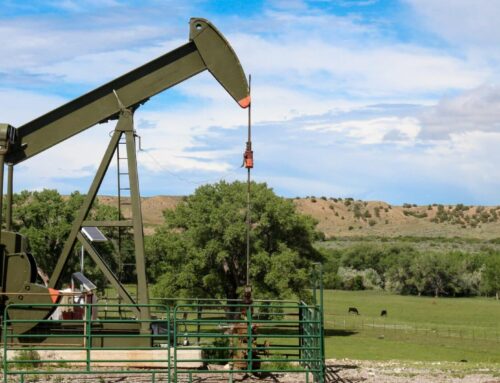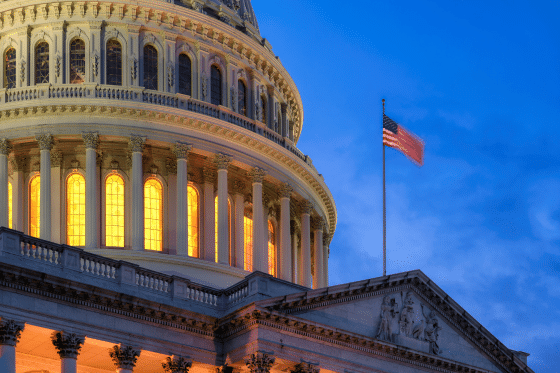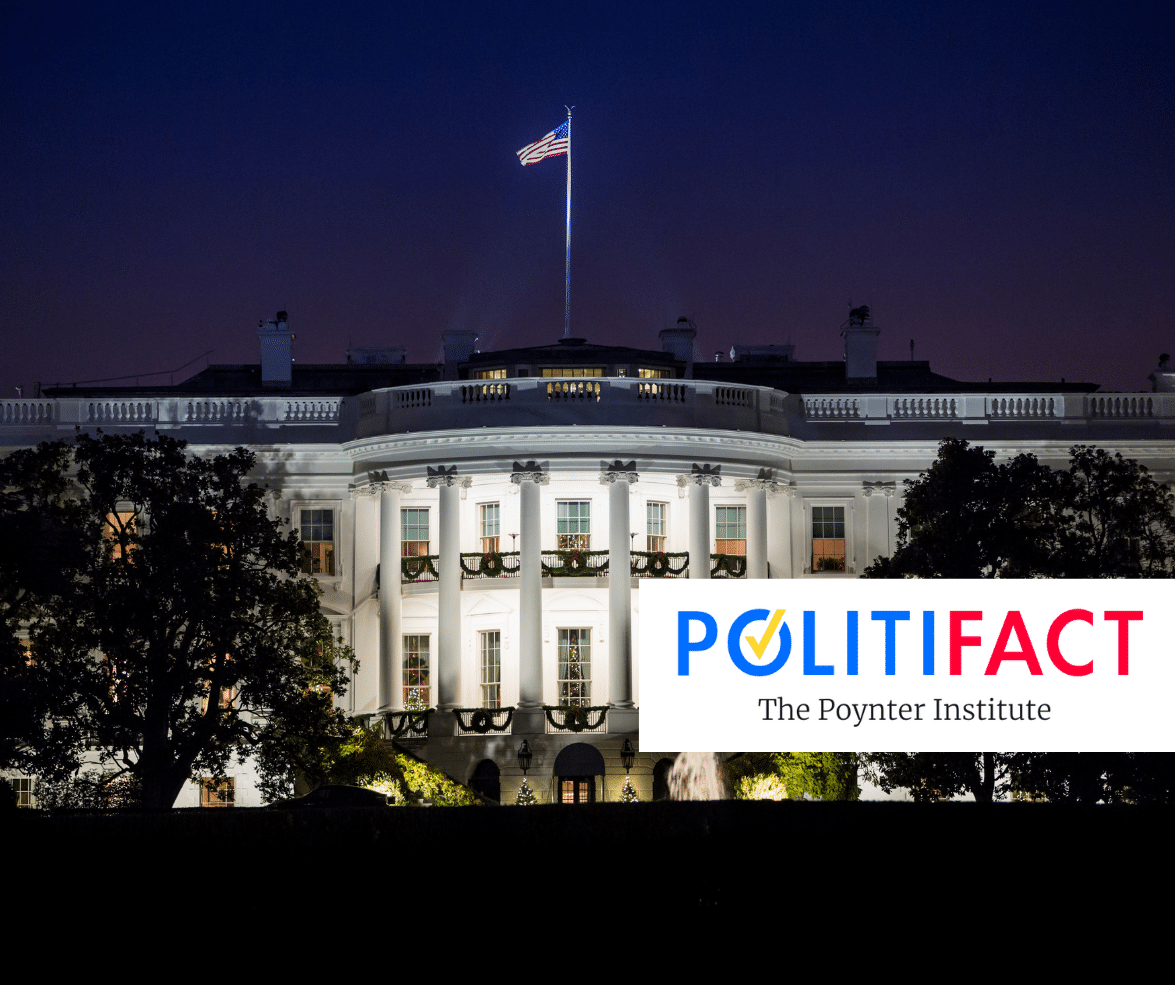After more than half a century of federal subsidization of conventional nuclear facilities, some policymakers and industry proponents are arguing for expanded subsidies for new smaller sized types of nuclear reactors — small modular reactors (“SMRs”).
However, this dream of rolling mini reactors off the assembly line to compete in energy markets defies reality. The slew of current incentives has failed to foster a cost-effective nuclear reactor industry, and the timeline for deployment of new designs is far too distant to make a timely or beneficial climate impact.
 After 60 years, the nuclear power industry remains heavily dependent on subsidies, faces costly and unresolved waste disposal challenges, and leaves
After 60 years, the nuclear power industry remains heavily dependent on subsidies, faces costly and unresolved waste disposal challenges, and leaves
a long trail of ongoing environmental liabilities, from uranium mining contaminants to water pollution. Meanwhile, alternatives like wind and solar power, efficiency gains, and battery storage are now cheaper than nuclear generation. Why then, should federal taxpayers consider even more federal subsidies — especially at a scale sufficient to force small modular reactors to market?
The technology used by the first nuclear power plants in the United States was developed by researchers in federal government laboratories. By assuming catastrophic accident liability, providing enrichment services, and making advancements for industry to adopt, the federal government also continued to underwrite nuclear power as early production rose. The capacity of reactors at U.S. power plants grew over time in attempts to capture economies of scale, but their construction costs and difficulties grew too.
Utility orders for new nuclear plants dropped off in the mid-1970s, and dozens of projects were canceled, as creditors backed away from their increasingly evident cost and safety risk. With the enactment in the mid-2000s of new federal incentives, interest in building large reactors resurged, but soon withered again under the same pressures. Construction of the only two reactors underway today is years behind schedule and expected to cost more than twice its original budget — if completed.
In recent decades, policymakers and industry backers started suggesting that nuclear reactors might produce cost-effective electricity by going small instead of building for scale and standardizing manufacturing. These proposed SMRs, producing up to 300 megawatts electric (MWe) instead of the 1000 MWe common among large reactors, offered several advantages in theory.
Potential manufacturers suggested several designs, but finding investors proved challenging. The U.S. Department of Energy (DOE) stepped in to foster a few SMR test projects, and quickly lost more than $100 million on one bad bet. Taxpayers for Common Sense awarded the DOE program the infamous Golden Fleece Award for wasting taxpayer dollars. The agency has plowed ahead nevertheless and handed hundreds of millions of dollars to NuScale Power to get one design certified after taxpayers funded its creation in DOE labs. DOE has spent more than $1.2 billion on SMRs to date, and now wants to give NuScale and other companies at least $5.5 billion more to develop and demonstrate SMR designs over the next decade.
Even if DOE’s gambit to get some modular reactors up and running succeeds, demand is unlikely to materialize to buy commercial units thereafter
at prices that can compete with other energy sources. Bringing down SMRs’ cost depends on several assumptions about their manufacture and deployment that have not been proven. At the least, it requires savings that SMR companies purport will come from serial production and operation that improves over time. Making that happen with federal spending means more decades of industry dependence and a money pit for taxpayer dollars.
To head off the worst and most costly effects of climate change for taxpayers, dramatic action needs to be taken in the next decade to reduce power sector emissions. Unproven SMRs are far from market readiness and much too costly to be the answer. The SMR company closest to commercialization in the U.S. hopes to bring a taxpayer-subsidized plant online by 2030, but delays are the rule rather than the exception for nuclear projects. With slim prospects for market
adoption, and “small” power output by definition, SMRs are unlikely to make a dent in domestic energy markets for decades, if ever.
Bottom line — ever-increasing subsidies cannot solve the nuclear energy industry’s costly flaws, and in this era of climate urgency, funneling more taxpayer
dollars to unproven, prototype projects will not yield the immediate climate benefits we need today.
The full report can be read below or downloaded here.










